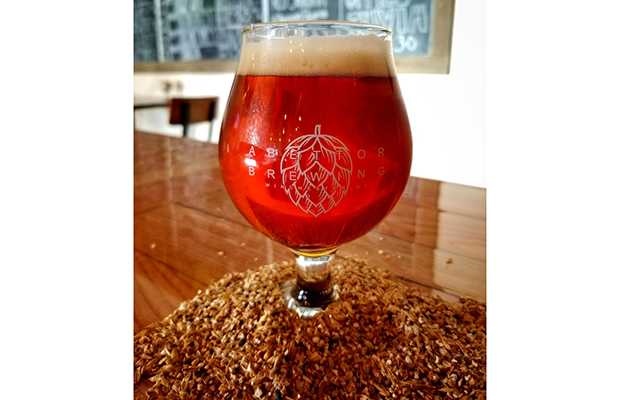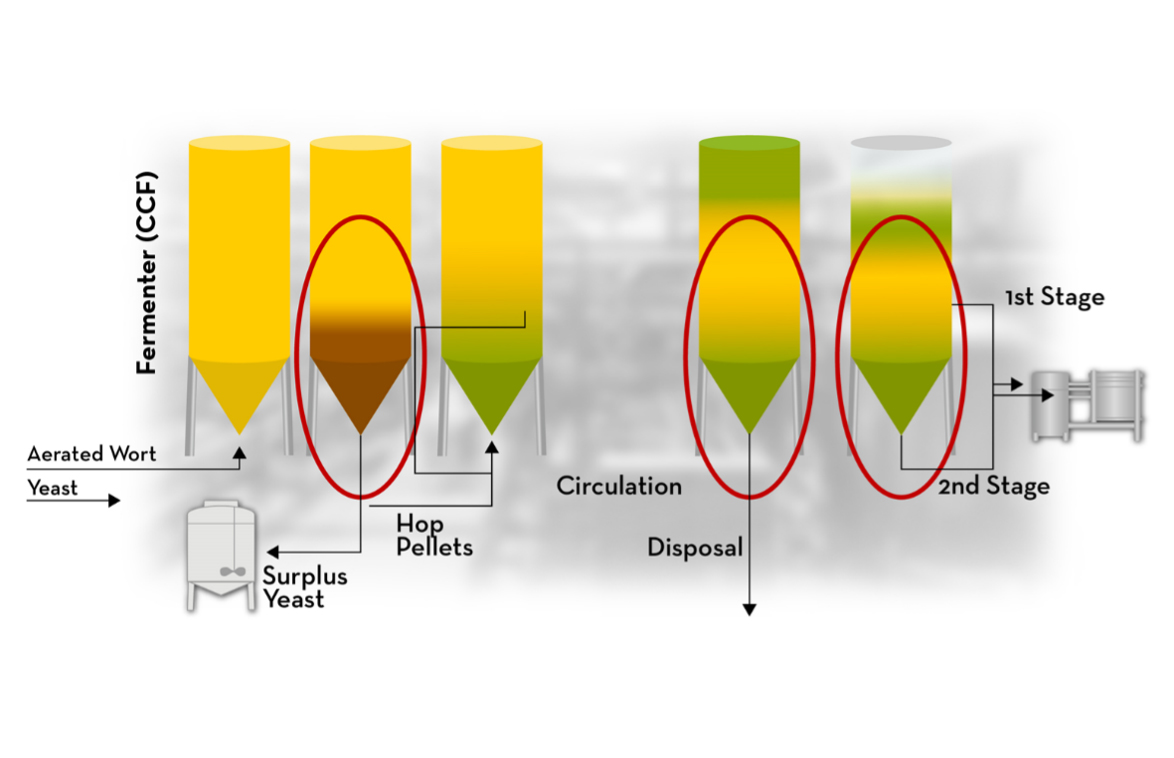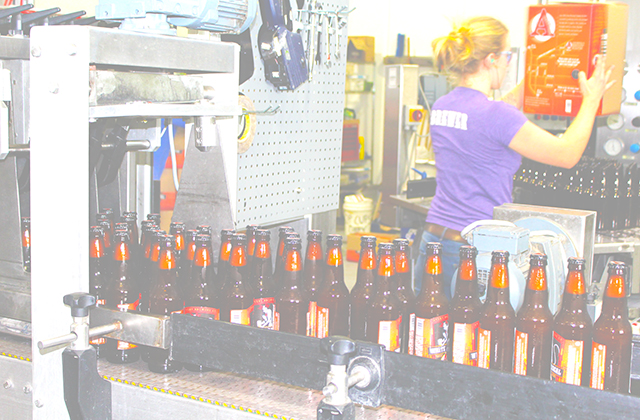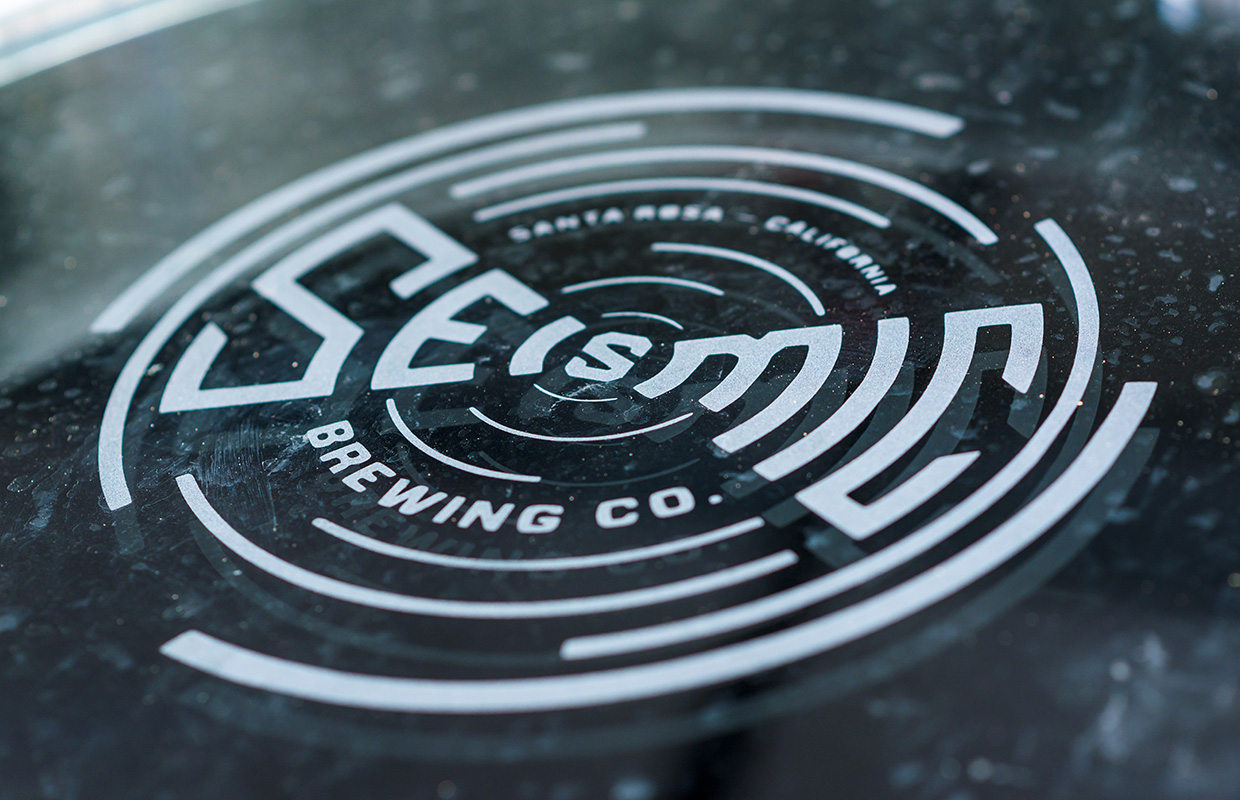
Test Kitchen is an ongoing print column and online blog by the Publisher of Brewer Magazine and Test Kitchen Brewer Tyler Montgomery. With a 1.5 barrel brewhouse launched in 2019, this is his experience and notes from the journey along with reviews of products and services.
One of our flagships — Pale8, ABV 5.8%, 11.2 SRM, 23.7 IBU — utilizes a local ingredient from our hometown. Actually, a ginger soda that was founded in 1926.
Prior to Christmas last year we established a relationship with California Concentrates for our initial Test Kitchen for the January/February 2020 print issue. The Test Kitchen initially began with Blueberry and Raspberry flavoring, but we were working towards establishing a flavor based around the soda for our Pale8 that would provide similar flavor without utilizing the soda. A close friend that works for a local hemp company turned me onto the idea of creating a concentrate or adjunct to mimic the soda flavor — they had done so for a CBD oil.
The connection and excitement from California Concentrates was impeccable. While I wasn’t sure out of the gate about the outcome, the communication with the California Concentrate team wasn’t to be matched. They worked with us daily to discuss the shipment of the soda and how it was received. They discussed the entire process of establishing the flavor and went as far as asking about details concerning our creation process of the flagship.
The flavoring was designed and shipped in a timely manner. We tested the flavoring during the first week of February and were pleased to note that the flavoring was better matched for our flagship than the actual soda.
Admittedly we had concerns utilizing the soda. While I had brewed with the soda a lot through my homebrew days, as well as during our first year with the Test Kitchen, certain fears lingered in the back of my mind. The relationship with the soda manufacturer wasn’t so much of a concern, although you never know what type of issue you may come across through distribution, and the long term implementation made me nervous for how it would hold up during distribution.
With the flavoring we should be able to have a stronger consistency throughout the beer, and one that we can guarantee has properly been sanitized and manipulated in our process.
With the national growth of craft beer — and wine, respectively — flavoring companies have a strong opportunity for breweries to better control the flavor of beer for taproom consumption as well as distribution. While our Test Kitchen is still several months away from distribution through kegs, this opportunity and relationship will allow us to move into this avenue without the stress of backlash from larger companies in regards to our flagship.
For insight into our other flagship, Blue Eyed Blonde, check out our full-length article in the January/February 2020 issue of Brewer Magazine.




Be the first to comment